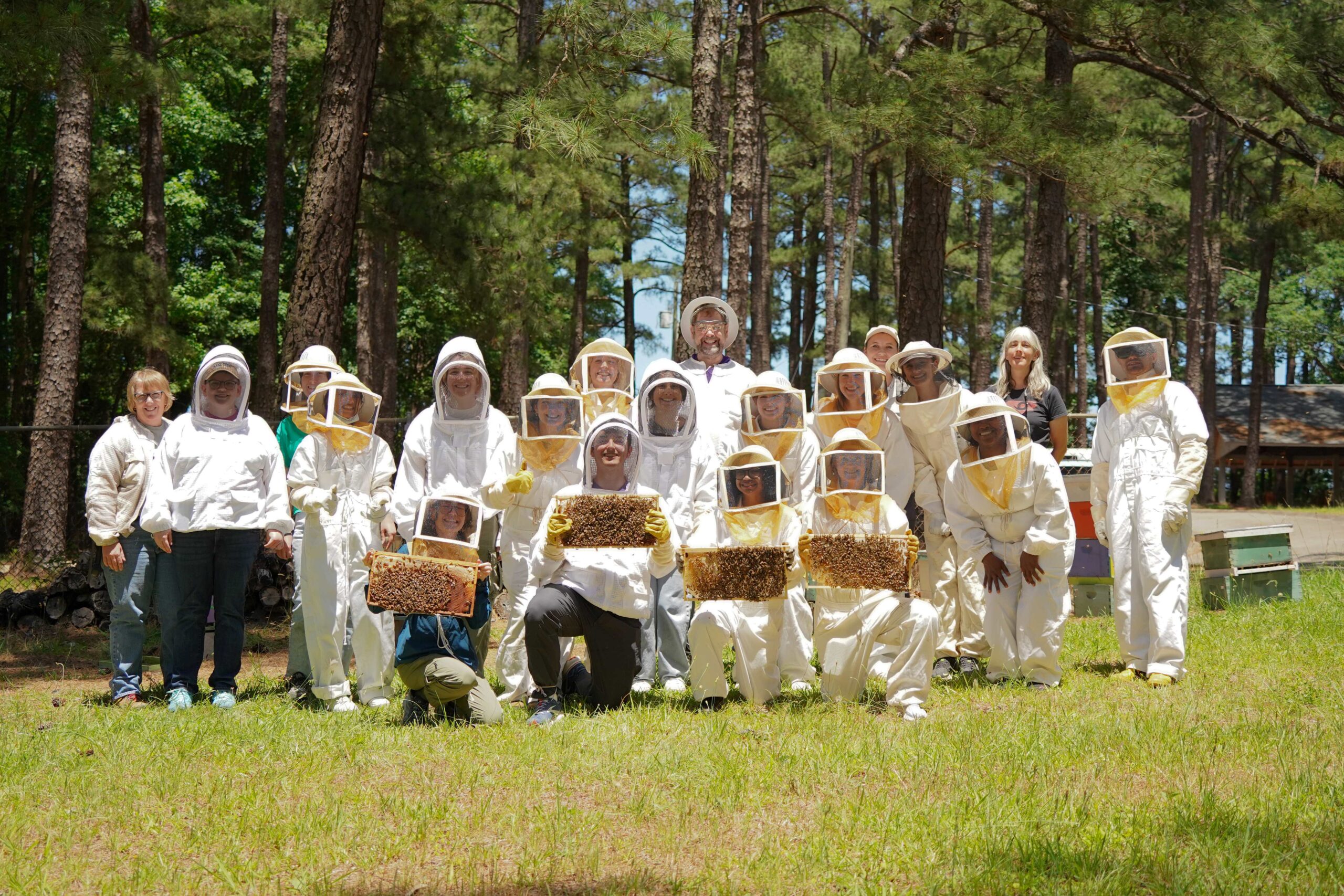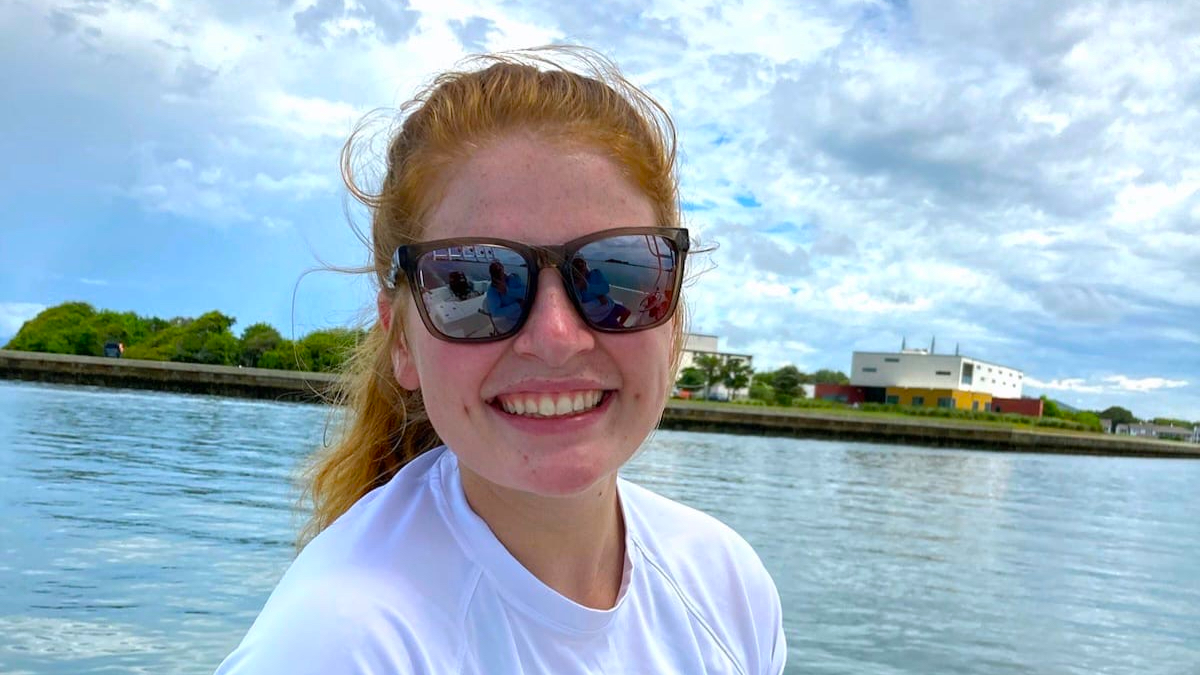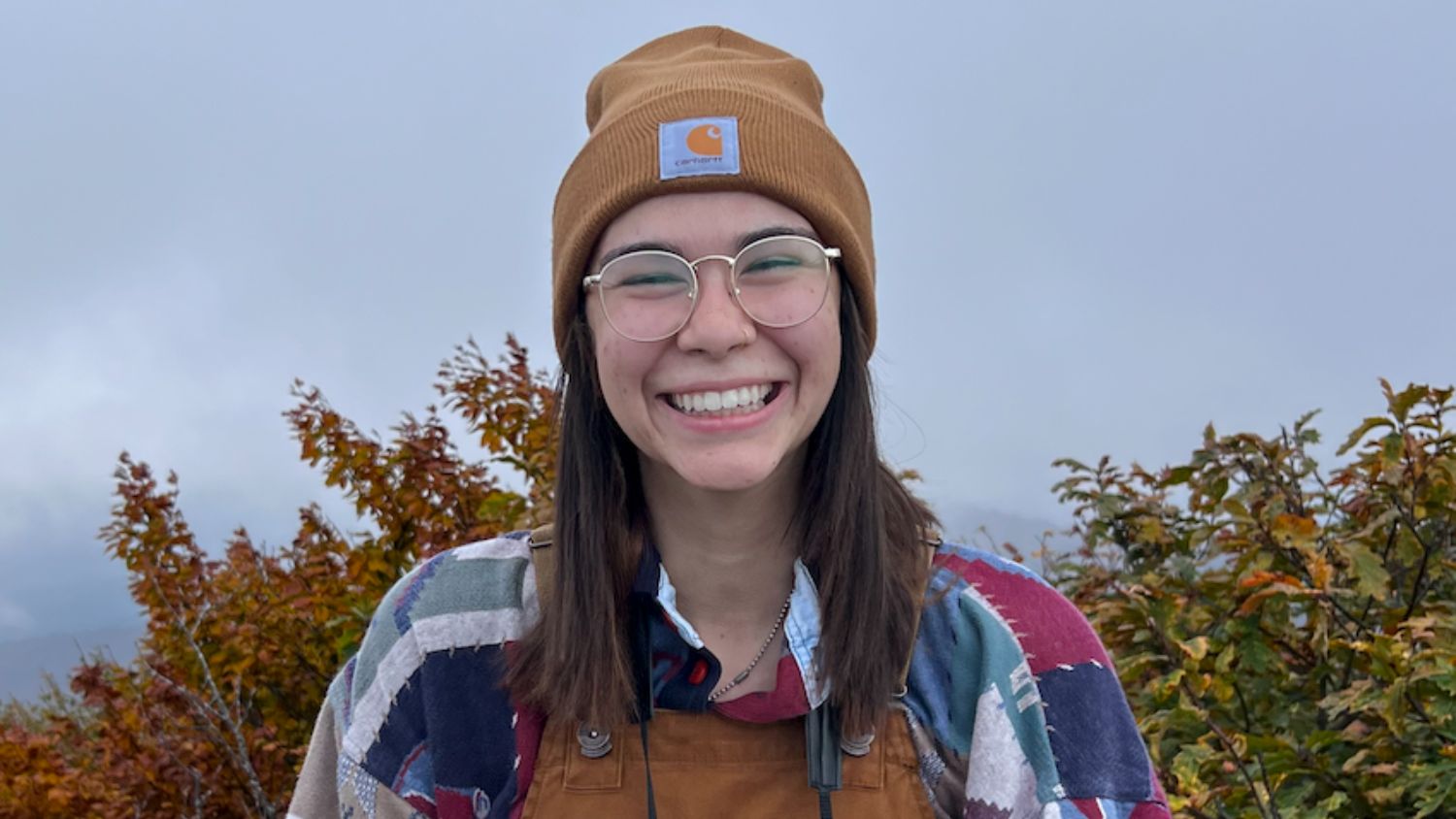The Future of Wilderness
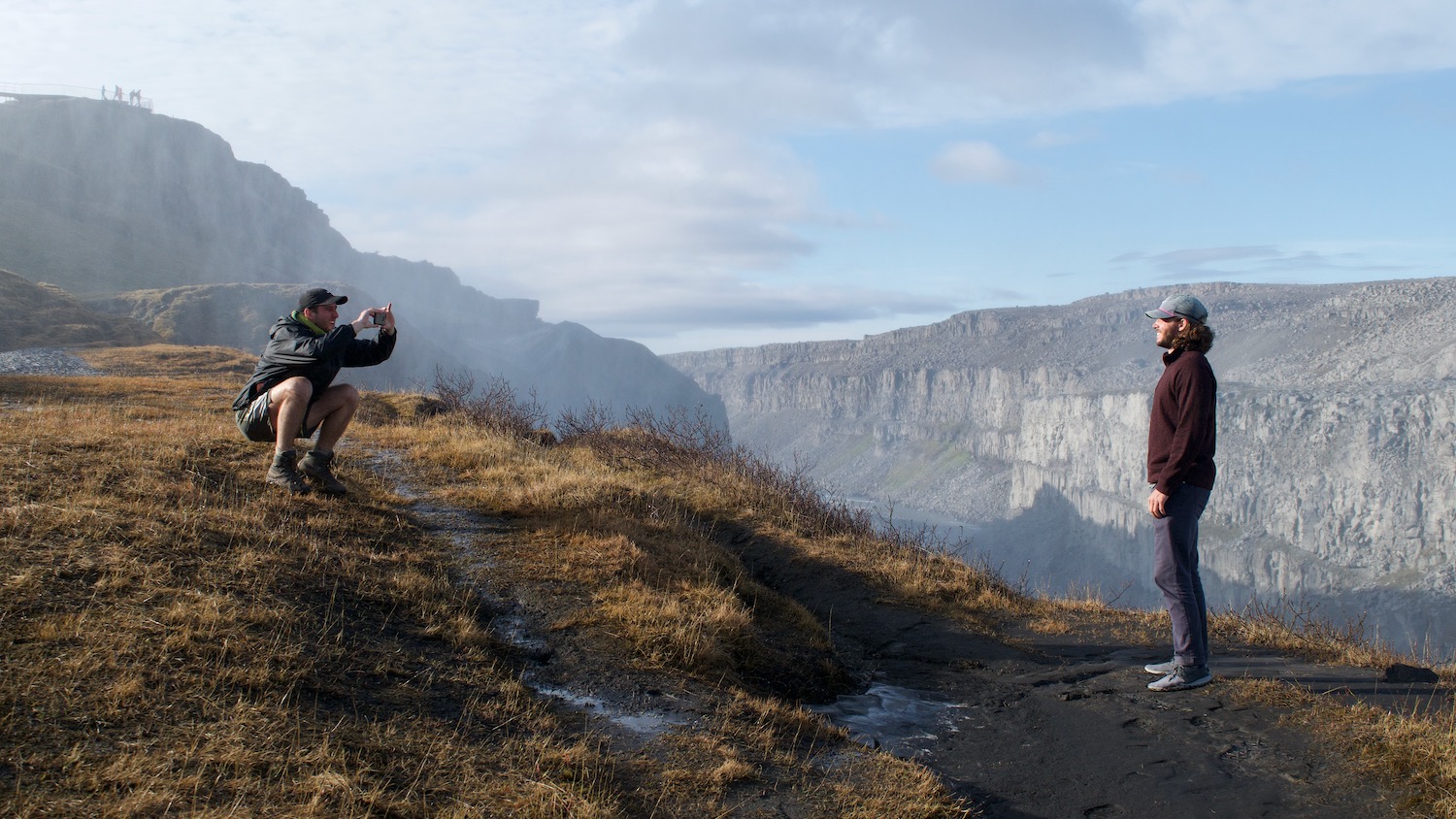
This article and interview is a guest post by Bradley Allf (BA), a student in Rob Dunn’s course on the Future of Life. Bradley is a PhD student at North Carolina State University studying conservation biology and public engagement in science. He also moonlights as a freelance science writer.
Humans have always had a connection to the wild: to undomesticated vistas and natural landscapes. That connection forms an important aspect of human culture, our collective imagination, and our self-conception, even as specific feelings about the wild have changed over time. For instance, environmental historian William Cronon, in his classic essay “The Trouble with Wilderness,” recounts the many Biblical stories referencing wilderness: Jesus is tempted by the devil in the wilderness for forty days, Moses sees the “glory of the Lord” in the wilderness, and Adam and Eve are banished from the pastoral to live in the wild (1996). In these stories, the wilderness may be beneficial or malevolent but it is consistently an important psychic aspect of the narrative. Indeed, many of our most timeless stories (at least in the West), from Beuowolf to The Odyssey are irrevocably tied to the wild.
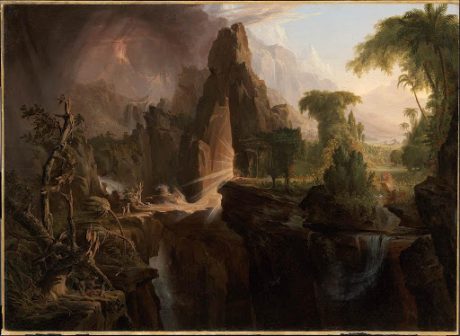
Prior to the 18th century, however, wilderness was rarely something to be deliberately pursued. Robert MacFarlane takes the example of the mountain in his book Mountains of the Mind, to explore this idea (2008). Mountains, perhaps the most symbolically definitional aspect of a wild landscape, were for much of recorded history considered treacherous, malevolent, and even ugly. MacFarlane outlines some possible reasons for these negative feelings towards mountains, not least of which being the idea that an agricultural society cannot grow food on a cliff.
Yet by the 19th century, a change was taking hold. Transcendentalists like Henry David Thoreau and Ralph Waldo Emerson began to write about the sublime qualities of natural landscapes. At the same time, in the United States the spirit of “frontierism” compelled people (mostly well-to-do men; Taylor, 2016) to leave the comforts of urban life and flex their macho spirits on adventurous jaunts in the wild to hunt and, later, summit mountain peaks. Together, the Transcendentalist and Frontierist movements compelled people to consider more closely the value of the wild, not only as an unpredictable force that may do you good or harm but as something deserving of nostalgia. It is probably no coincidence that this shift in feeling occurred at precisely the time humans were beginning to invent for themselves the power to cause global environmental changes that can impact wilderness writ large.
Over the course of the 20th century, this elevated desirability of the wild gave birth to the conservation movement, the goal of which was, ostensibly, to protect wild life and landscapes from destructive human impacts. In the US, the environmental movement forms a basis for political identification, but the basic valuation of outdoor recreation, natural landscapes and charismatic megafauna is nearly ubiquitous. An examination of the kinds of photos people share of themselves on social media confirms this is the case.
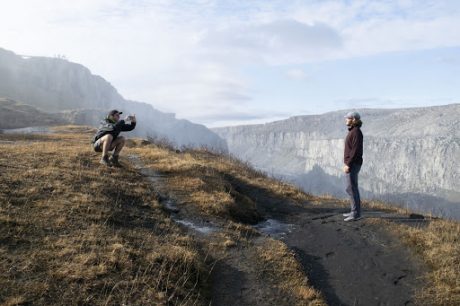
All that leads us to now. What is the wilderness of the future? What is the future of conservation sentiment? And how will our stories and imaginations be impacted by the changes we make to wilderness?
I posed these sorts of questions to a group of smart people from a variety of backgrounds over the last few months in order to better understand the future of wilderness. I talked with Dr. Roland Kays, Research Associate Professor in the Department of Forestry & Environmental Resources at NC State about his research on the urban ecology of mammals. I talked with Dr. Eben Kirksey, Associate Professor in the Alfred Deakin Institute at Deakin University, about the idea of the “emergent” ecologies of the future. And I talked with Dr. Jason Delborne, Professor of Science, Policy and Society at NC State, about the role of genetic engineering in overcoming extinction.
I have laid out the results of these interviews below, edited lightly for clarity. Each interview was conducted separately, but I have arranged them such that the different perspectives build off one another, as I posed similar questions to each interviewee. I provide acronyms below so you know who is speaking: RK, EK, JD, and me, BA.
BA: For starters, could we outline what the word “wilderness” means?
RK: It means an area without any people that’s still in its natural state, with minimal human influences. I tend to think of the federal wilderness areas that have certain rules about having no roads and having no mechanized vehicles. I think that typifies wilderness.
EK: For me, the idea of wilderness inherits the bad memory practices of colonialism. If you look at environmental history, you see that at every stage white colonizers imagine to be in “wilderness” it actually has prior histories of human habitation, occupation, and landscape alteration. So if you take an iconic wilderness area like the Yosemite Valley you see campaigns of American military violence that kicked out the Native American tribes that treated the valley as an acorn garden. So I guess for me the history of the idea of wilderness is embedded in these practices of forgetting.
On the other hand, I see an ideal wild-ness as having a much more productive future than wilderness, just because of the legacies this idea [wilderness] inherits. The idea of wild-ness opens up a way to think about how unruly life might come into existence in interactions between domains of nature and culture. Wilderness, as it applies to landscape, really has a hard time dealing with incursions from the domain of culture. In the conventional histories that environmentalism inherits, the idea of wilderness likes to imagine itself as being outside of history, outside of politics, outside of culture.
BA: What is your vision for what wilderness areas will look like, and mean to people, 100 or 1,000 years from now?
JD: In 100 years I hope for a wilderness that looks a lot like it does now! In 1,000 years I hope for a mix of wilderness that is more rich in biodiversity, more protected, and with better variety in terms of how much humans are integrated into those environments.
RK: Hopefully we will keep protecting wilderness in the future! There are a lot of wilderness areas that are officially protected. And so hopefully we can keep protecting them and these areas will stay protected. But what will happen is the areas around them will become more developed, leading to a starker contrast between the wilderness areas and the natural areas. And then there are the other factors that boundary lines on maps cannot protect wilderness against, especially climate change where humans are going to have an effect no matter what the local managers do to protect a wilderness.
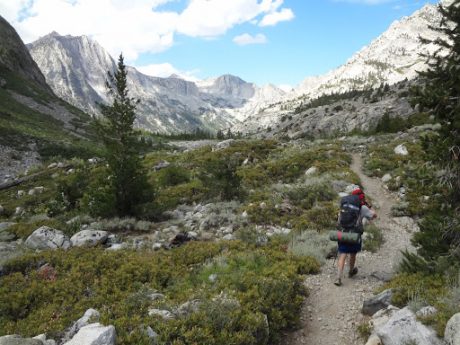
1,000 years in the future… I mean, who the hells knows? Did we value wilderness 1,000 years ago? Probably not. So will we value them in 1,000 years? It’s hard to say; maybe we’ll have another pandemic and we’ll go away. Maybe wilderness will become scary and a thing we should get rid of again. 1,000 years is too far in the future to know.
EK: I think imagining the future is increasingly difficult. A year ago we never would have imagined we would have the Anthropocene and the modern world system totally disrupted by microbes. I use SARS-CoV-2 as an excellent example of the emergent forms of wild life that are exceeding the capacity of humans to intervene and control and domesticate. Right now we’re what, eight months, six months — depending on what part of the world you are in– into a global pandemic where science, technology and medicine have largely failed to grapple with this emergent form of life. We see emergent forms of wildness in other zoonotic diseases too. I mean, there’s a global pandemic lineage of chytrid fungus that is driving amphibians extinct right now. And so when you’re jumping across kingdoms and domains and thinking about eukaryotes and prokaryotes at the same time you see that wildness can move with different speeds, velocities and intensities in these different domains of life.
And also, there are going to be emergent forms of wildness amidst contemporary crises– these forms of wildlife that are learning to adapt to degraded land for instance. I have written about some really endangered frogs in Sydney, Australia that are only finding refuge from that pathogenic chytrid fungus in toxic waste runoff. So, thinking about the future, I think wildness is going to emerge in spaces that have been thoroughly degraded and contaminated. And I think we can look to sites like Chernobyl and buildings that have been abandoned because they’re too toxic and harmful for human habitation to see emergent kinds of wildness all around us now and into the future.
BA: How do you feel about these future wild areas you are describing, Eben?
EK: I am cautiously hopeful. But if you look at climate change, as an example, it’s incredibly difficult to get consensus around an issue on an international scale. And I think place-based conservation programs that are about setting sites aside– in the long run those might have a better chance of success. Some of the disease mitigation strategies that we would have to enact, for example to stop the spread of white nose disease in bats and chytrid fungus disease among frogs would take massive changes in how we go about raising food or how we get around in the world. And in some ways, the coronavirus pandemic gives me hope that wide-scale change is suddenly possible. But on the other hand, in this current historical moment we’re living through, the kinds of changes that might address broader ecological problem have all been catalyzed as threats to human health. And whether a threat to other species is going to lead us to these widespread changes in mobility, changes in security practices at the border– I’m not particularly hopeful that that’s going to happen in my lifetime. So I think there needs to be a lot more education and also some fundamental shifts in the economic system and the way that the dominant logic works. I don’t see that happening anytime soon but I might be surprised.
BA: One aspect of the future of wilderness areas that is often discussed is the idea of “rewilding,” of bringing species back to a landscape that have been extirpated or have even gone extinct.
BA: Jason, I know this topic is relevant to some of the work you do, what are your thoughts on “rewilding?”
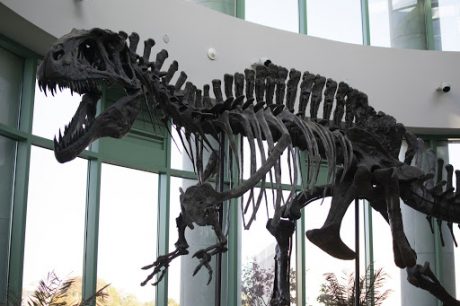
JD: I think this is likely, but on a limited basis. The enthusiasm for doing this is well-outpacing our capacity and I suspect that efforts at de-extinction will be much more difficult and complicated than some of the proponents predict. I am hopeful that our governance processes keep pace with the technological developments to ensure thoughtful deployment of GE [genetic engineering] that contributes to health, biodiversity, and reduced suffering. I fear, however, that profit motives and status motives (among scientists) may drive less responsible innovation (i.e., GE trees that focus on faster growth to make forestry more profitable and leading to the clearing of more complex forests to convert to plantations. Or pseudo-de-extinctions, like the creation of a mammoth-elephant hybrid for display at a private zoo).
BA: How do you feel about the perspective that using human tools like genetic engineering to try to protect wilderness might make wilderness less natural?
JD: I do understand the perspective that GE reduces the “naturalness” of an organism or the environment, but I also think we will be making more subtle tradeoffs as we face a multitude of trends that threaten naturalness– habitat loss, biodiversity loss, climate change, etc. And GE can be an effective tool for protecting aspects of wilderness; GE coral, for example, might be made to tolerate increased heat or acidification of the oceans, a devastating impact of climate change (coral bleaching). The GE American chestnut is another example of introducing a single trait through genetic engineering to make the tree tolerate the invasive fungal blight that made it functionally extinct in the 20th century.
In general, I don’t think wild is a binary category, so there will be places that will have wildness and naturalness that include GE organisms. But maybe there should still be some places/ecologies where we minimize our interference completely, including avoiding the use of GE.
BA: How do you feel about bringing back large predators to landscapes where they are now gone– or even manufacturing new ones– in order to return some aspect of “natural” danger (as opposed to human dangers of war, etc.) to our society, which has been, until the modern era, an core facet of the human experience?
JD: I do appreciate wilderness areas with dominant predators, but I do not romanticize them. I have lived in Colorado where mountain lions made us parents worried about having our kids play outside. It’s a tension, and I don’t take comfort in engineered organisms that would be more lethal and dangerous to us.
BA: I want to open this discussion about genetically modified organisms up to Eben too because I know this is something you have written about in your new book.
EK: Right, large scale species loss is something that’s of great concern to many people and my new book The Mutant Project brushes up against some attempts by synthetic biology to reanimate extinct species as these biotech dreams get closer to reality. I think these spaces are also going to be a site of emergent ecologies. You can take George Church’s example of the Wooly Mammoth or passenger pigeons, for instance. These projects aren’t exactly recreating the dead, it’s creating new synthetic life forms that in some either symbolic way or material way embody aspects of what was lost. And I think it’s up to our generation and future generations to make critical decisions about whether there are any places we want to keep outside of development– are there spaces that we want to hold in reserve as refuges for other kinds of life that don’t have economic value. In thinking about possible futures I also want to hold on to a critique of ways that capitalism is trying to optimize some forms of life, like only engaging with life forms if they can be of economic benefit. I think it’s important to consider organisms and species and landscapes outside of that capitalist logic and to think about the inherent dignity of other kinds of beings and spaces of autonomy and wildness where things can flourish, live and die outside of any attempts by humans to optimize and control.
BA: Moving to Roland, I know through your research you have spent a lot of time in wilderness areas all over the world. Given those experiences, I wonder what wilderness means for you at an individual level?
RK: As a biologist, I value wilderness areas as a place that’s different and as a place that protects biodiversity, just by keeping people out. But as someone who also likes to recreate in the wilderness, I value them as a place that has this raw, dangerous aspect to it, where you have to be prepared. You can’t just stop at the grocery store and pick up dinner; you you have to be cognizant that if you get hurt, if you do something wrong, if you mess up, the consequences could be quite dire in a wilderness area which I think actually adds to the overall experience of a place.
BA: Do you have a favorite wilderness area?

RK: My favorite one in North Carolina in Linville Gorge. The other one that I really like is the Darién Gap in Panama, which is between Central and South America. It’s where they wanted to build a highway and they failed, so there is no highway– you cannot drive from North America to South America. You hit the Darién Gap and there is no road. And it’s a very, very wild and dangerous area. There are guerrillas and drug running and immigrant running through there. But it’s also dangerous in other ways. It’s difficult to move through, it’s very rainy. It’s very rugged and the trails aren’t very good. So it’s a dangerous place to go. If you go there and break your leg, you’re in trouble.
BA: Roland, based on your urban ecology work, what are some general ways we can design the urban landscapes of the future to be beneficial to wildlife?
RK: I’ll, I’ll keep my comments relevant to mammals, which I know better. I think what we see around the world is that mammals can find niches in some of these areas if they’re managed correctly. Preventing overhunting is one huge goal. Most mammal species that are endangered, according to IUCN, [the International Union for the Conservation of Nature] are endangered because they’re over-hunted or overharvested. And so if we can protect them from that then a lot of these species can adapt and find ways through evolution to survive in some of these landscapes. So we need to protect these species, especially in Asia where, in general, the wildlife trade is so high that everything is getting scooped up and eaten or sold. Whereas in North America, where we have game laws and regulated hunting, none of the species that are hunted are endangered. And so I think if we can find ways to regulate that it would make a difference. And then you also have things like poisons that have to be regulated. So California has just changed some of their laws about what kind of rodent poisons you can use because they’re finding that they’re getting into the bobcat population and into the puma population. And so they’re making those changes. And the last thing is maintaining connectivity. So built landscapes can’t all be houses, there have to be some preserves. There have to be some right-of-ways, some forest fragments together in a connected way with space for a lot of species. And probably not all species. But there are a lot of species that would be able to do a lot better and actually coexist with people.
BA: Eben, I wonder who you see as having access to these kinds of wilderness areas, in the future?
EK: In thinking about the future we also have to think about the past and the regimes of dispossession that came with white settler culture and the ways that people who were dispossessed of land– say in Yosemite or Bears Ears National Monument– have re-established relationships with these landscapes even amidst colonial regimes of dispossession. Native Americans figured out how to negotiate these enduring relationships and in some cases have changed laws and had bills passed to ensure future access. And then by the same token I think you’ve also seen a history of failed promises. So I’m here in Maryland in slave country. The land that I’m currently inhabiting was likely cleared by African-American slaves. And I think we have to remember these failed promises, like how during Reconstruction African-Americans were promised 40 acres and a mule and that promise never actualized. But here I am living on 40 acres and also thinking about the possible futures that might let other kinds of communities re-engage with these agrarian landscapes– not just white flight from New York City but these intergenerational histories of dispossession and social struggle where race and class and power are very much part of the equation that shapes access to these kinds of places.
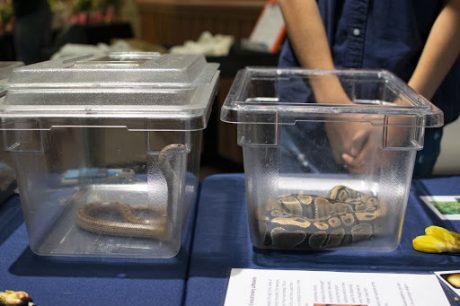
BA: So my background is in herpetology and I grew up hearing this story about people finding mole kingsnakes in the rubble in building demolitions in downtown Raleigh. And that story always piqued my imagination because mole kingsnakes are not common snakes– they’re supposed to have really specific habitat requirements. I’ve still never found one in the wild. But somehow, a population of these snakes seemed to be thriving just out of sight in a very ordinary, highly developed area. I’ve always held onto stories like this because I like imagining all the other extraordinary wild lives and experiences that might be hiding in plain sight in built environments. And so as I imagine the future of wilderness, in a world that will likely be more built and urban than ever before, I keep coming back to these “micro-wildernesses” that might be a part of the urban fabric.
BA: I wonder what each of you think about the role of these smaller natural areas in more commonplace locales in shaping how we think about wilderness and nature in the future.
EK: For starters, I would disrupt your future imaginary a little bit. During the pandemic we actually saw a retreat from urban spaces– I started out the pandemic having an apartment in Brooklyn and within a few days I could see that Brooklyn was not a place that I wanted to weather the storm. And that pattern has been repeated in many cities around the US and around the world. So I think this idea that we’re sort of increasingly urbanizing is a pre-pandemic imaginary.
JD: Right, I suppose increasing urbanization is likely from our vantage point, but maybe there will be significant shifts? Certainly, many humans are very disconnected from wilderness and natural landscapes, but this is not an inevitable trend. There can be wilderness in urban environments, as you describe, if we know where to look. For instance, parks, daylit streams, lakes, and the urban forest canopy. If wildness is a gradient that is not only about human “interference”, then places of ecological complexity might be seen as wild even if they are somewhat curated by humans. Additionally, I think it’s important to note that urban design is not fixed.
RK: So we do a lot of urban ecology work and one of the things we’re finding is that a lot of mammals actually do quite well in moderately developed areas like the suburbs. And I think some of this is the animals actually adapting or changing their behavior–like squirrels finding that ‘oh, wow these houses have bird feeders and if we can figure out how to cross the road and not get hit by cars, we can actually find quite a rich food source here.’ And so we’ve published papers on that sort of thing. But maybe the best story related to your question is there’s this animal called the fisher. And when I was in graduate school I learned that this is an animal that really needs wilderness– it’s kind of a wilderness specialist, it needs big tracts of forest. And when we were running some of our first camera traps in Albany, New York, in this suburban nature preserve we got a picture of a fisher. And we were like, ‘what the hell is a fisher doing in Albany?’ And it turned out there was a whole population there that was doing quite well.
BA: The fishers had come back.
RK: Right, they had recolonised the land and they found that the squirrels and rabbits that were in people’s backyards were good prey. And that experience showed me that if you give animals a chance some of them can adapt to do well in the face of humans.
BA: Something I appreciate about the idea of wilderness is that it’s a space where things are less predictable than in the built environment. In my own research, however, I am confronted with the prospect of a future wilderness that, through citizen science, may be much more predictable. For instance, the natural extension of wildlife tracking citizen science apps like iNaturalist may be the technological capacity to know, more or less, all the wildlife that can be found in a given area, perhaps even tracking the movements of the potentially dangerous animals. Suppose I get a push notification warning me that a bear is within a certain distance of me when I’m on a hike?
BA: Eben, I wonder what you think about the role of unpredictability in the wild areas of the future?
EK: There are a lot of techno-dystopian imaginaries about a near future where human life would be optimized. I talk about this in my new book and one of the authors that I engage with writes about these factories that are operated by genetically modified corporate slaves: basically, people who are 99.7% human but partially fish. And being partly fish makes them, in theory, more obedient and less likely to rebel. And the story is ultimately about the unpredictability of mutation and mutation as a mode of resistance, even in this dystopian future where human life is optimized and other kinds of plants and animals are optimized. And so these beings start mutating and having their own offspring and running away from these corporate regimes that are trying to control life itself. And I think that’s a parable for the ways that randomness and unpredictability inevitably crop up in these kinds of landscapes. And I think the question is not only about the possibility of wildness, but what to do in the face of wildness, how to respond. And so in my book Emergent Ecologies I try to track situations where wildness is disruptive and killing creatures that we love but also other zones of wildness as places of play and improvisation. So I think it doesn’t have to be a place that is imagined to be outside of human history and outside of culture– wildness is all around us. It’s about recognizing it and learning how to improvise and respond and be responsible in the face of novel kinds of life and novel circumstances that you might not have anticipated.
BA: To conclude, I wonder if each of you could reflect on your relationship with wild natural landscapes growing up, and how that relationship might be different for someone growing up in the future.
JD: I loved camping growing up but was not exposed to expansive wilderness until my adult life. In the future I hope there is more intentionality about helping our kids make spiritual, intellectual, and emotional connections to wild places and complex ecologies.
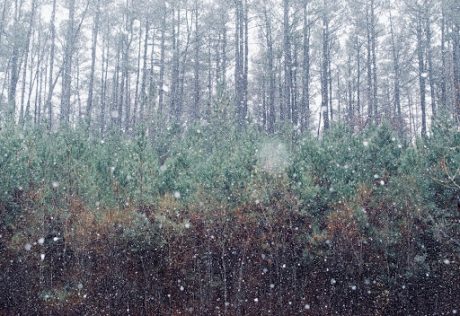
RK: Well, I guess to me growing up, the wilderness was the patch of woods down the street behind the houses. And so it was a different scale– my world was smaller and it was enough to just run around in the woods. It certainly wasn’t a wilderness by any of the definitions we’ve been talking about today. And I don’t know when the concept of a sort of wilderness like I think about today would have arrived. I guess I did some backpacking with the Boy Scouts and we went to some wilderness areas. So that’s probably where I first encountered wilderness– it was a place of high adventure for me.
And to answer the second part of your question, I hope my experience is similar to kids in the future in that I hope they have similar opportunities to have nature nearby that is accessible without a huge effort and then maybe also have the opportunity to have high adventure and wilderness occasionally, if that’s what they’re interested in– some sort of bigger trip going to some remote space. So, I hope those still exist. We’ll see.
EK: I moved around a lot as a kid, but some formative years were spent from ages four to eight in Signal Mountain, Tennessee. I was basically just turned loose with my dog during the summer and I would go through the woods and explore the creeks and caves. I had quite a privileged upbringing in a gentrified part of rural Appalachia. Thinking about the future though, it’s really hard to say. And again, I think things are rapidly shifting from the pandemic. In my family, my two nephews are going to have more access than me when I was a kid. We’ve got this 40 acre farm and nearby are all kinds of creeks and mountains and woods. But that’s just the particular decisions that my own family has made. Looking around, I see a lot of people my age who have spent significant parts of their adult lives not just imagining back-to-the-land ambitions that people have had since the 1960s and 70s. But actually figuring out how to establish and maintain communities in rural landscapes where social life can be alienating.
References
- Cronon, W. (1996). The trouble with wilderness: or, getting back to the wrong nature. Environmental history, 1(1), 7-28.
- Macfarlane, R. (2008). Mountains of the Mind: A History of a Fascination. Granta.
- Taylor, D. E. (2016). The rise of the American conservation movement: Power, privilege, and environmental protection. Duke University Press.
- Categories:
